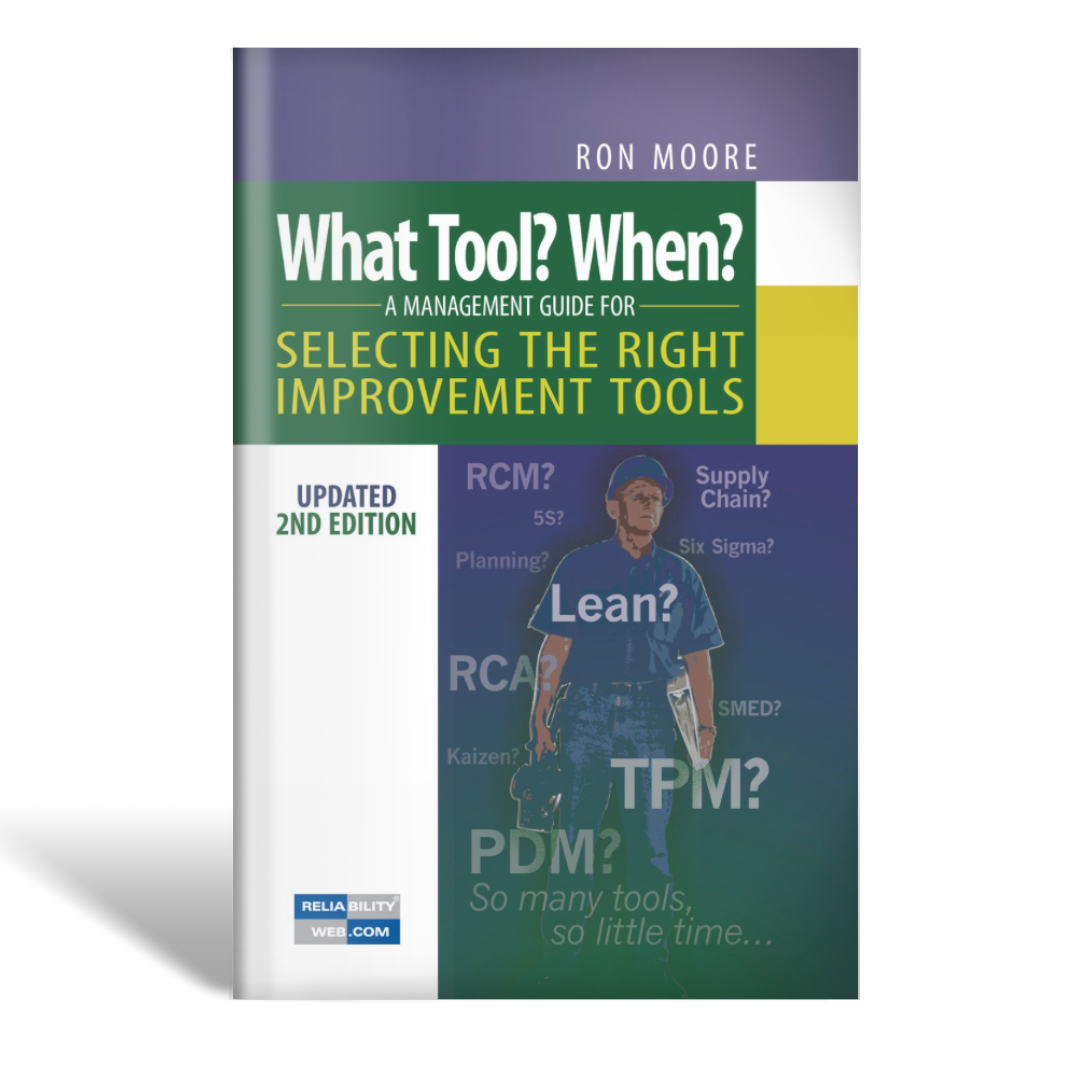Reliability Marketplace
What Tool? When?
What Tool? When?
SKU:by Ron Moore, 440 pages
Couldn't load pickup availability
This book describes several of the more common and popular methods, including case studies, being used by manufacturing companies to improve their business. Even before we cover these tools and strategies, we cover several fundamental issues-if present, almost any tool will be effective, but if absent, almost not tool will work, i.e., the need for leadership and several models thereto for creating an environment that brings out the best in people, the need for innovation throughout the organization, including what I call "big innovation" - R&D and new product/process development, but also "little innovation"- using the proper tools in a disciplined way to lower our costs and improve quality so that we have higher margins to pay for the big innovation. We will also cover the use of cross-functional teams in applying these methods, and a process for managing change, as well as a model for measuring performance and demonstrating that operational and business goals have been achieved. Finally, we will review a process that I call business level failure modes and effects analysis (FMEA) for identifying the right projects for improvement, and for selecting the right tools for that projects.
Ron Moore’s 2nd edition of What Tool? When? A Management Guide For Selecting The Right Improvement Tool takes a quantum leap over the 1st edition with a new chapter on using Weibull Analysis methods to quickly and easily separate operations-controlled losses versus maintenance-controlled losses.
The new edition also includes additional data on the poor success rate related to implementation of the improvement tools as well as additional information on organizational alignment. It provides additional information on managing cultural change, and particularly that the best way to change and sustain an organizational culture is by first changing management behavior. It also adds additional clarity and data to specific tools such as TPM, RCM, PDM, and lubricating practices.



